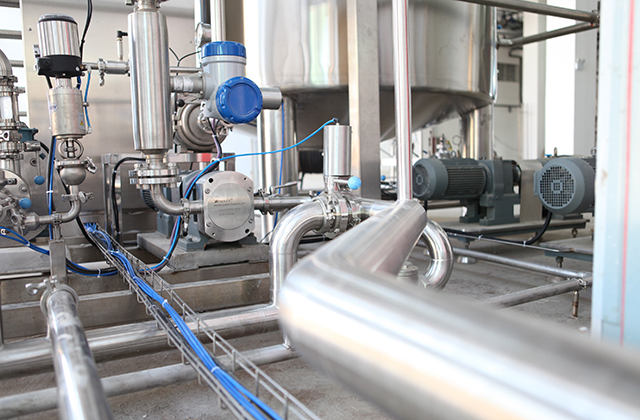Introduction
A concept board is a visual presentation that helps you communicate your goals, ideas, plans and strategies more effectively.
A concept board will include text, images, and other design elements that illustrate the look and feel of a product or service.
A concept board is a visual representation of your product or service. It includes text, images and other design elements that illustrate the look and feel of a product or service.
Concept boards are an important part of the design process because they help you communicate your ideas visually to others in your organization. They also give you an opportunity to try out different ideas before committing to one particular direction for your product or service.
The key thing to remember when creating a concept board is that it should be easy for others to understand what’s going on in each part of the board without having any background knowledge about how you created it (or why).
Concept boards can be used to communicate an overall idea or strategy, as well as to communicate specific details of an idea or product.
Concept boards are used to communicate an overall idea or strategy, as well as specific details of an idea or product.
A concept board should be used when you have a complex idea that will be difficult to explain in words alone. It can also help you get across more information than would be possible using text alone, especially if the audience has little knowledge of your field and industry. Concept boards give readers an idea of what they’re looking at right away, so they don’t need any other context or explanation before viewing the rest of your work (or anything else).
A concept board helps people visualize concepts.
A concept board helps people understand your ideas. A concept board is a visual representation of your ideas and the relationships between them, which can be difficult to explain in words alone.
A concept board helps people visualize concepts. If you’re struggling to explain an abstract idea, try using a concept board! Concept boards are useful for communicating anything from product designs to business strategies because they allow you to show how things connect with one another instead of just talking about them (or worse yet assuming everyone understands).
A concept board helps people visualize the look and feel of a product or service before it’s built–and even after it’s launched! Concept boards are often used as part of research studies or post-mortem evaluations; they allow teams working on very different aspects within an organization (e.g., marketing vs programming) work together towards common goals without getting bogged down by specifics too early on in development cycle.”
A concept board is a visual presentation that helps you communicate your goals, ideas, plans and strategies more effectively.
A concept board is a visual presentation that helps you communicate your goals, ideas, plans and strategies more effectively. It’s also a great way to get feedback from others on the direction of your project or product.
The concept board can be used to communicate an overall idea or strategy, as well as specific details of an idea or product. The most important thing about creating a concept board is that it allows people who are unfamiliar with your project or business model visualize what it will look like once completed.
Conclusion
A concept board is a visual presentation that helps you communicate your goals, ideas, plans and strategies more effectively. It can be used by anyone in any industry who needs to present an idea or product to others in an effective way. Check here for a successful concept board.



